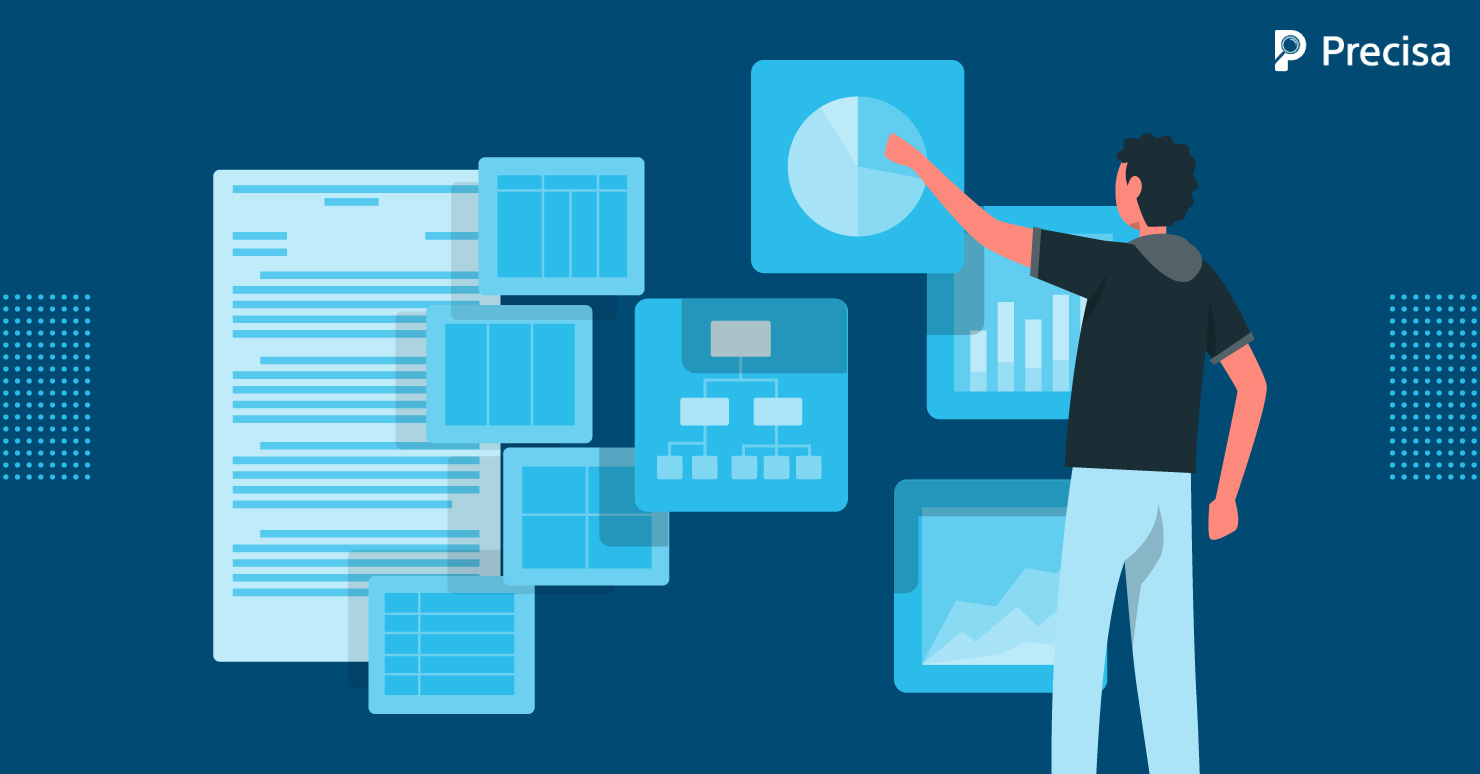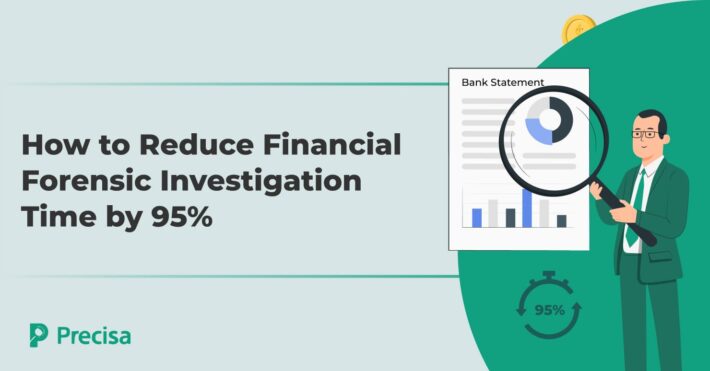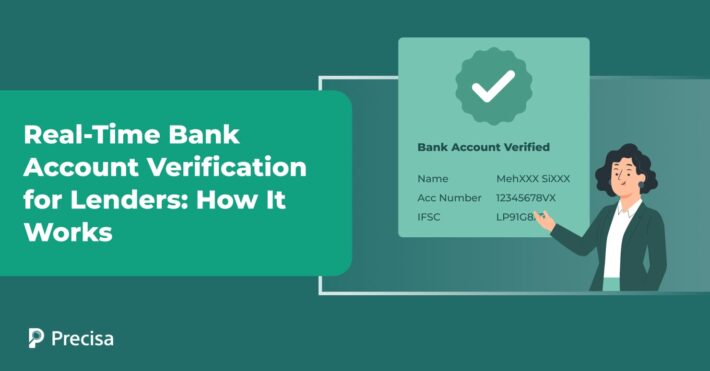Fraud-Handling in A Digital Lending World

India’s financial services are on the verge of exploding, and the digital lending market cap is predicted to be worth $1 trillion in the next five years. However, fraud remains a significant issue in India.
Across public and private sector banks, international banks, small financing banks, local banks, and other financial institutions, loan fraud has totalled INR 77,521 crore in the last four years. Loan frauds made up 90% of all scams in 2018-19, but they made up 98% in 2019-20.
Digital lending, which involves applying for, disbursing, and managing loans through digital channels, has a lot of potential. India now has approximately 2000 Fintech firms, with the sector expected to reach US$84 billion by 2025.
Mitigating Fraud and Managing Risk in the Digital Lending Space
With the financial industry’s increased global connectedness, the complexity of tracking fraud has increased, necessitating fintech firms to develop solutions utilising modern technologies such as AI, RPA, and others.
Therefore, the need for a digital risk transformation is urgent. Initiatives like rapid limit setting across portfolios, compliance controls, automated early warning and collection systems, etc., can help lending institutions achieve agility and focus on high-impact areas to move quickly toward transformation.
Ways to Handle Digital Lending Fraud
Let’s take a look at the building components that can assist banks in capitalising on unique opportunities and mitigating digital lending fraud.
1. Data management
Improved data quality, combined with improved data governance and operational models, can assist achieve better consistency in risk in business choices and ensure risk data demands are met.
Identifying data risk as a critical element of the risk taxonomy linked to a specific risk appetite statement and data control framework is an essential enhancement that should be addressed. However, risk management must also be prepared to accommodate a wide range of data.
2. Process and workflow automation
By incorporating a variety of automation jobs, such as collateral data entry, into intelligent workflows by risk, an integrated sequence that humans and machines execute throughout its path can be created.
Smart processes can provide clients with a more seamless and timely experience, in addition to increased efficiency.
3. Advanced analytics and decision automation
Advanced risk models based on sophisticated technology such as machine learning (ML) can discover complicated patterns and create accurate predictions of default or other risk events.
Automated technologies can efficiently use data linked with digital footprint during customer screening, balance sheets, tax statement analysers for SMEs and corporations, etc.
4. Cohesive, timely, and flexible infrastructure
When it comes to risk infrastructure, its evolution necessitates the inclusion of various other building elements. For instance, creative data storage solutions, novel interfaces, and improved access to the vendor ecosystem, to name a few.
Techniques like application as a service, obtained from application service providers and used on open banking platforms, will become the norm. These solutions like “No Code” and “Low Code” give risk executives more control and reduce the number of end-user computing tools.
5. Smart visualisation and interfaces
Risk dashboards augmented reality platforms for customers and other interfaces will allow risk to convey insights far more intuitive, interactive, and personalised.
6. External ecosystem
By collaborating with third-party vendors, lending institutions can improve client onboarding, fraud detection, credit underwriting, regulatory reporting, and other functions to serve as enablers rather than disruptors.
From Aadhaar to PAN to Account Aggregator to GST data, the Indian Ecosystem has many valid data points. Such data, which is available in real-time through officially ratified channels, reduces the risk of fraud, and so the ecosystem plays a critical role in digital lending fraud management.
Is it Possible to Prevent Digital Lending Fraud with New-Age Technologies?
Yes. It is possible. Financial institutions will embrace AI, machine learning, and blockchain to make their systems transparent and fraud-proof.
1. By leveraging actionable data insights
Banks amass vast volumes of unstructured customer data, much of which is of little use in the decision-making process. Artificial Intelligence (AI) can transform this data into useful information.
Consumer data may be analysed with AI-powered technologies to uncover interesting trends that can be used to make real-time decisions.
These solutions combine traditional data with non-traditional data such as borrowers’ social media activity, utility payments, daily transactions, education, employment history, and more.
The more data the tools have to analyse, the better the insights are. So, they can create loan distribution models that reduce risk and build trust. Alternate data can also help provide customised credit solutions based on the borrower’s situation and needs.
2. Eliminating human interference and minimising bias
AI integration eliminates the need for human involvement. Human decisions are influenced by their prejudices, leading to loan fraud.
To establish the acceptability of a borrower, AI-driven systems compare available data to a set of rules. This also allows for a quicker credit risk assessment, resulting in lesser risk for financial institutions. In addition, due to its transparent and immutable nature, it can track frauds, payments, and disbursements in real-time.
In addition, blockchain eliminates the requirement for lenders and borrowers to meet in person for time-consuming and detailed identity verification.
The Role of Bank Statement Analyser in Detecting Digital Lending Fraud
An automated bank statement analyser engine examines the entire transactional data from the customer’s bank account, including essential data from debit and credit transactions.
This provides a 360-degree view of the applicant’s income, average balance, commitments, transaction patterns, and spending habits, allowing for a thorough examination of their financial history.
Minimising loan assessment and loan origination delays, automating and expanding your lending process with a BSA product is an excellent approach to improving customer experience.
Precisa is an online bank statement analysis application used by organised and unorganised banks, NBFCs, and other lending institutions to process and analyse bank statements of potential loan applicants.
Precisa offers transparency before loan disbursement and can be incorporated into your existing system via APIs. Find out more. Take advantage of our 14-day free trial.




